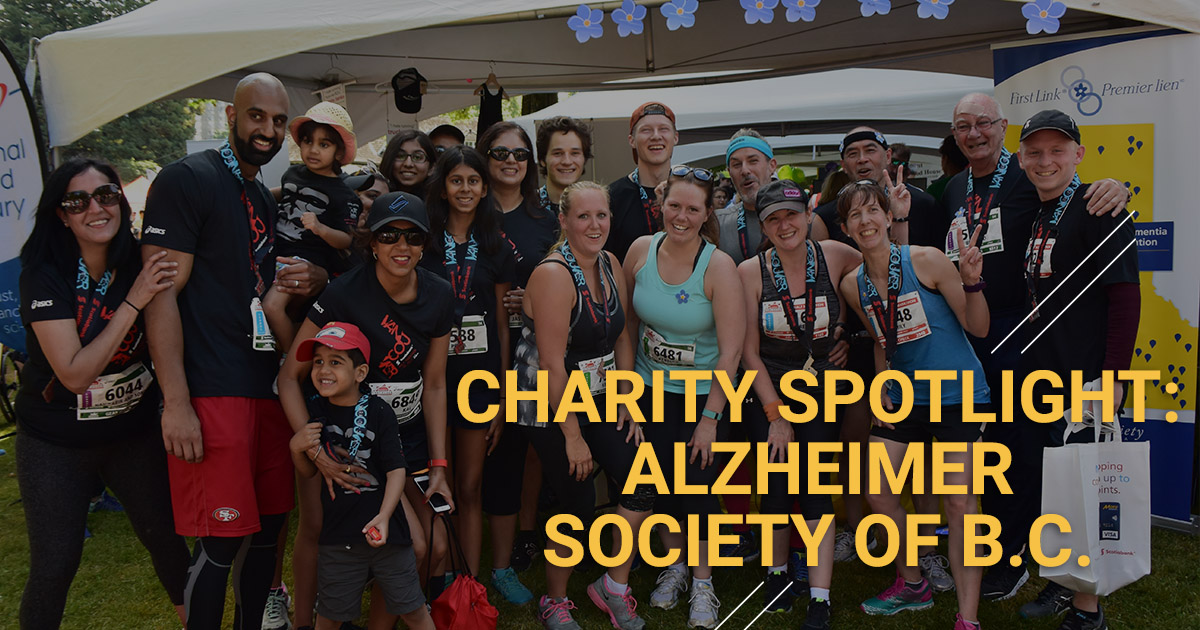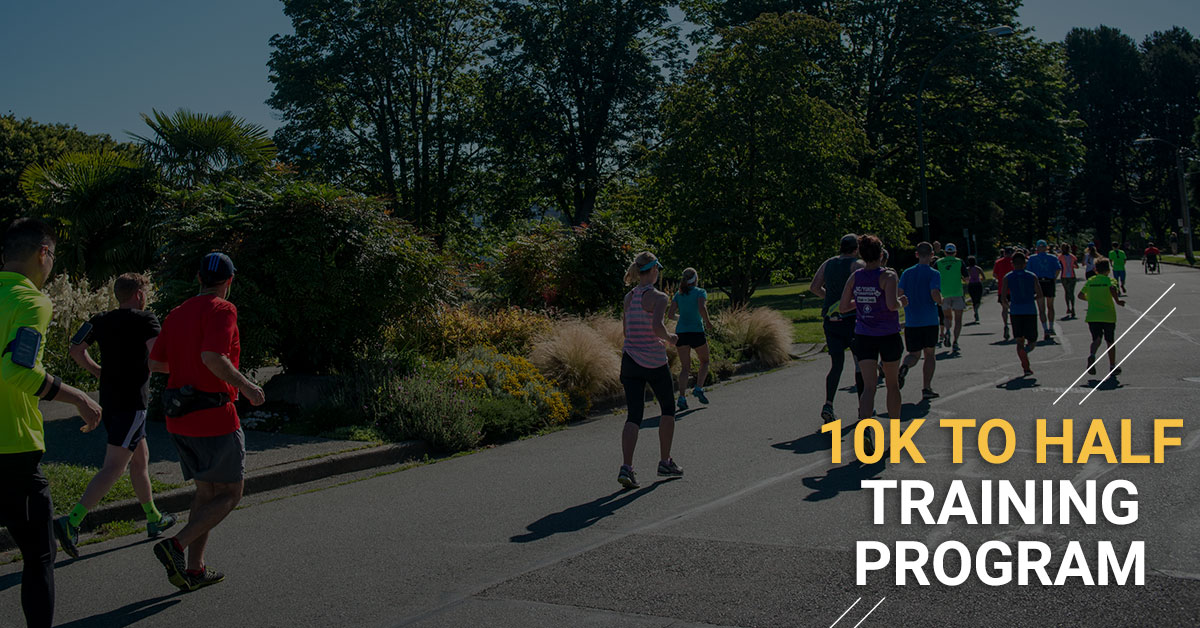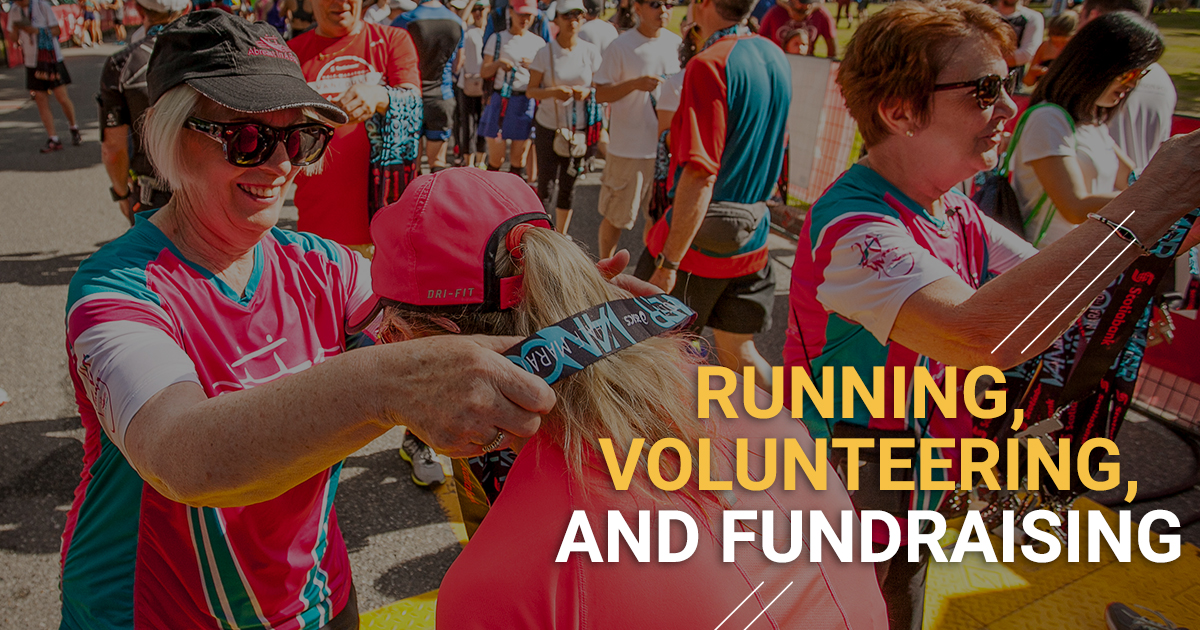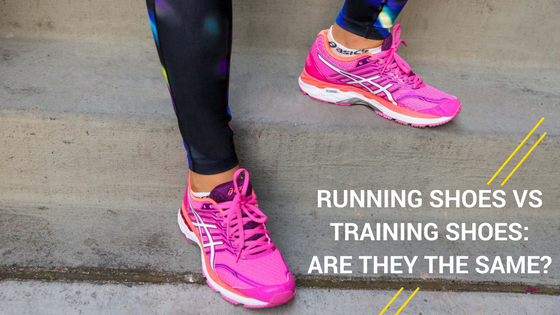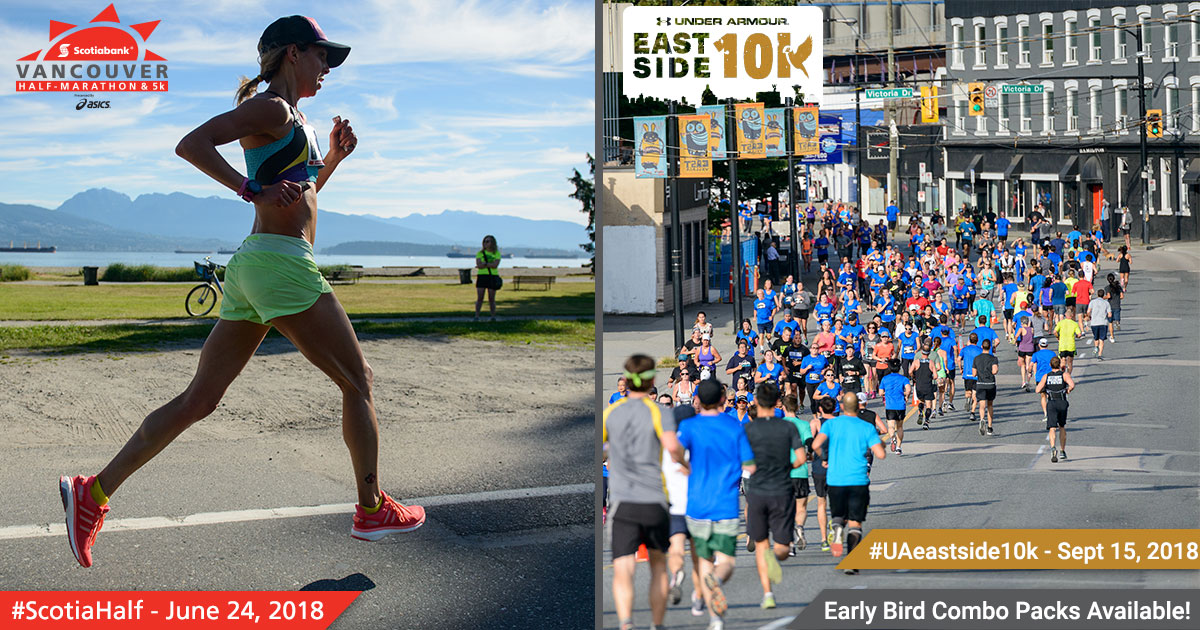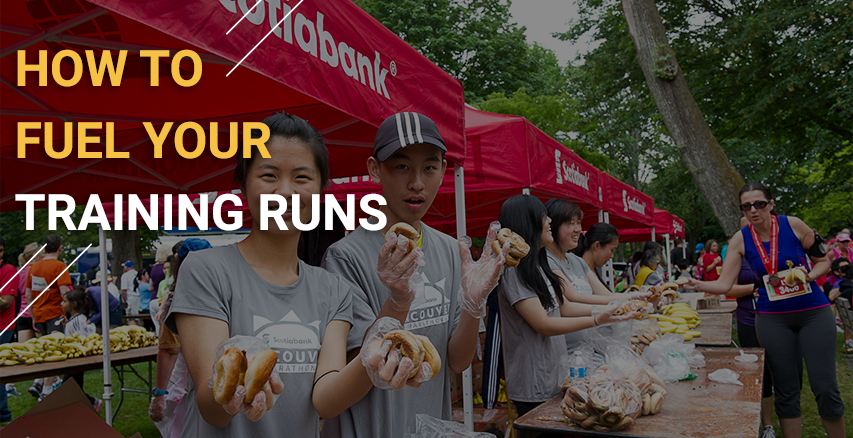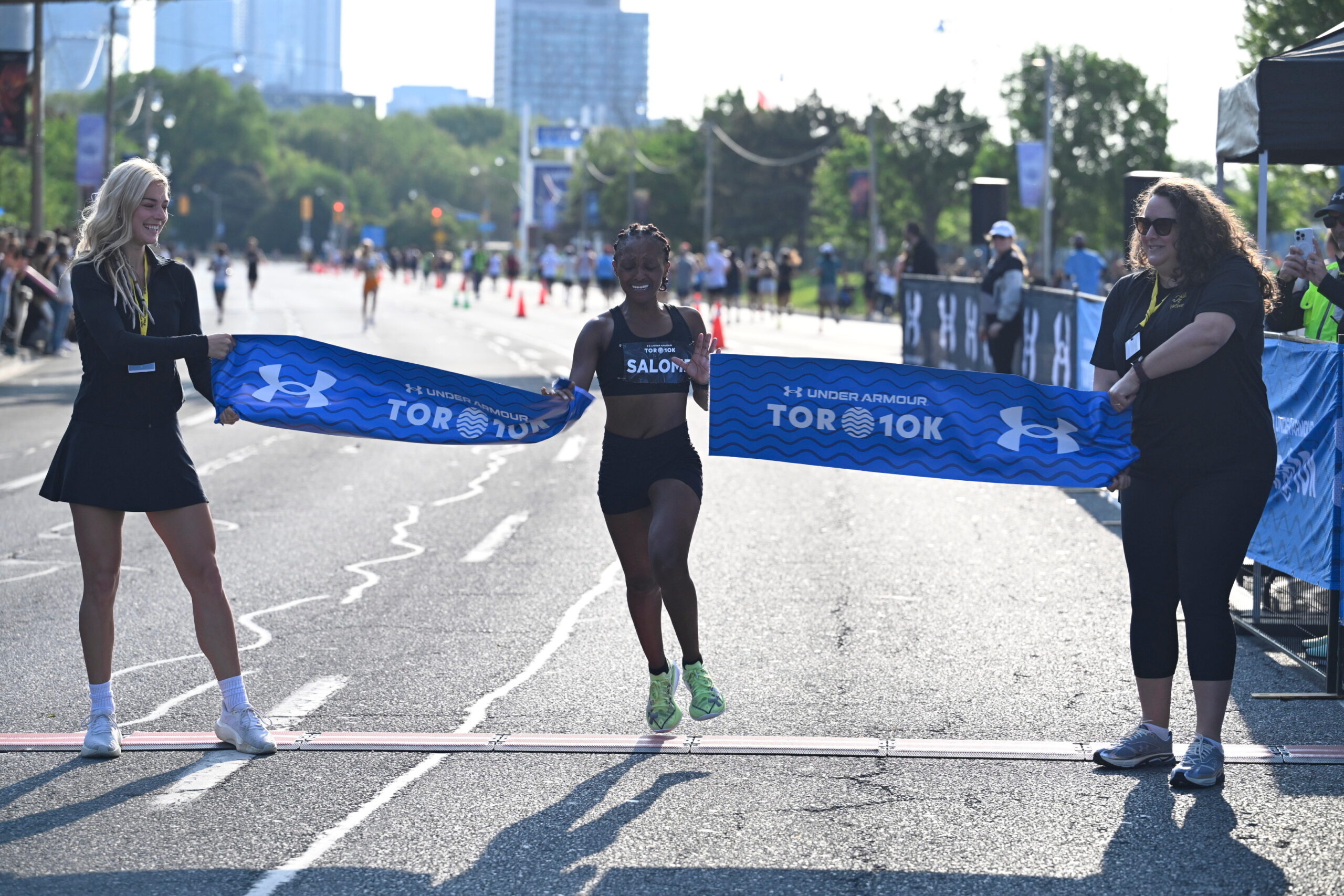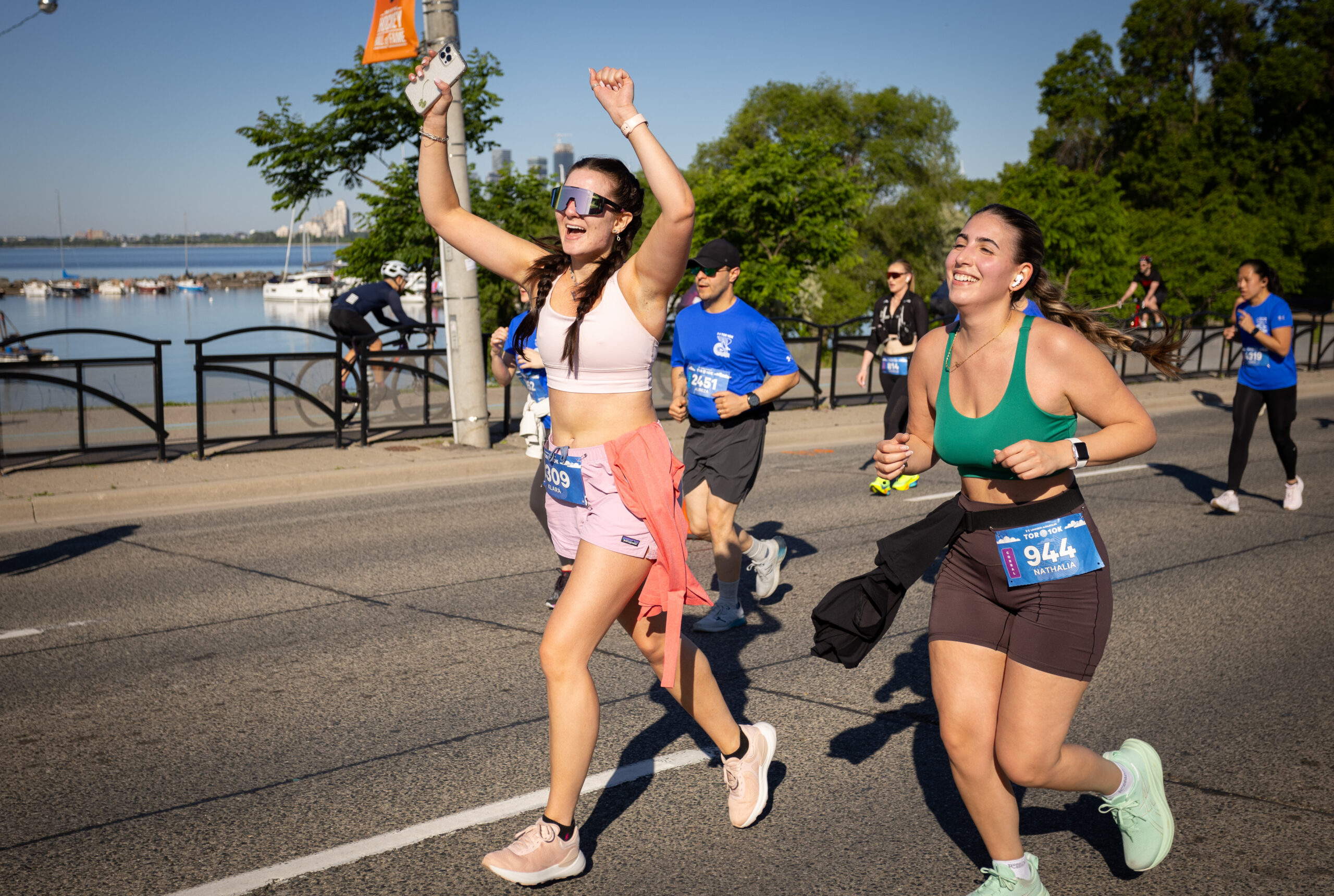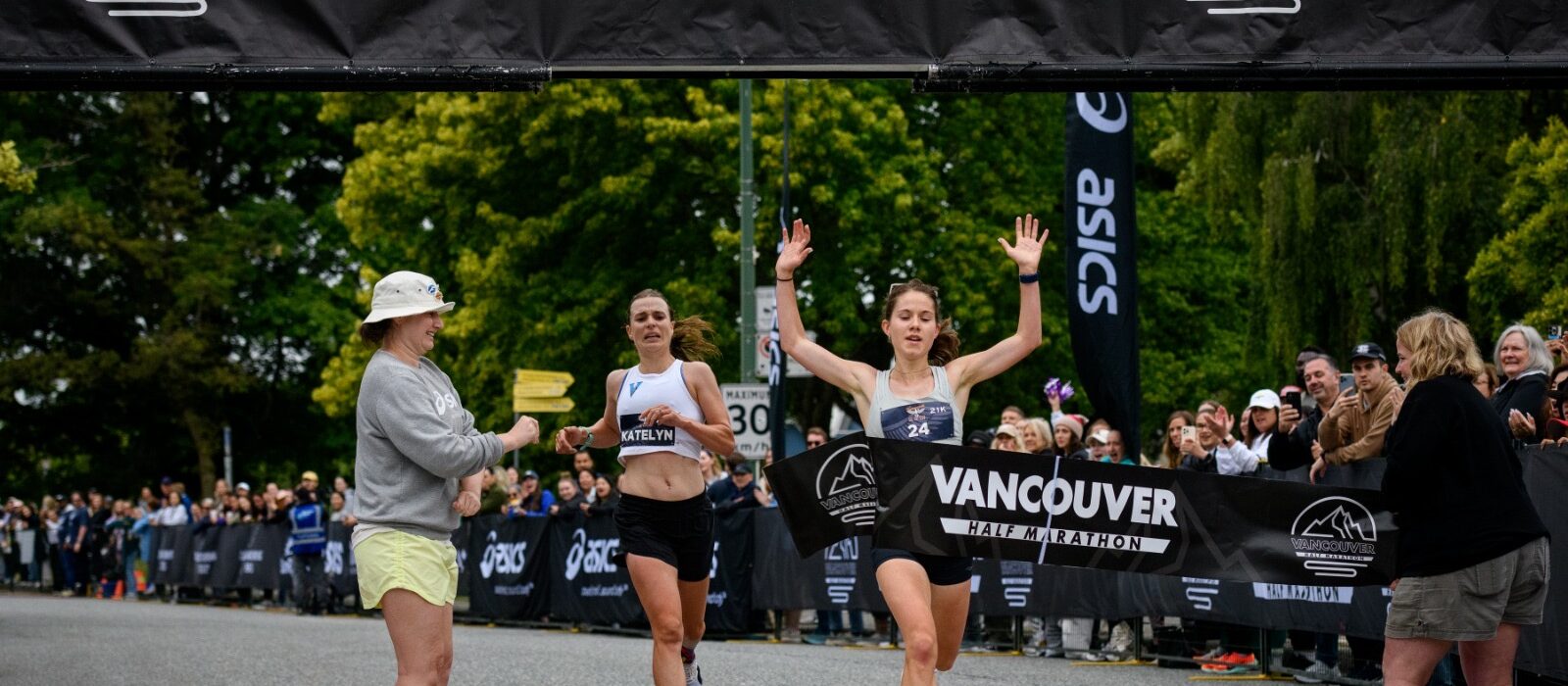The Scotiabank Vancouver Half Marathon is proud to support local charities as part of the Scotiabank Charity Challenge, with the goal of raising over $1,000,000 annually for local charities. Each year, charities such as the Alzheimer Society of BC build fundraising teams to support their causes, with runners participating in both the half-marathon and the 5k races.
Here’s a look at some team members raising money for the Alzheimer Society of BC:
Participant Name: Bark Kong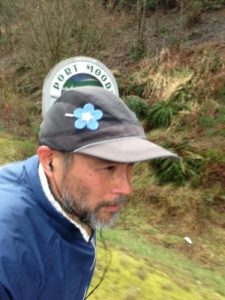
Goal Time: Under two hours for the half-marathon
Running wisdom: “Take the first step and be patient with yourself… it’s more about the process than the finish. Don’t go out too hard. It’s not a sprint; it’s like running a marathon, well…except it’s half. There is a lot of training information available on the internet, so find a program that works for you and decide to do it!”
Why he runs: “It’s both the challenge of doing something hard and the satisfaction of knowing that you’ve done it.”
What’s special about the Scotiabank Vancouver Half-Marathon & 5k: “Not only is this event a way for me to use my love for running to raise funds, it lets me get to know my friends and colleagues in a new and fun way. For example, I learned that Emily (Pridham, Manager, Regional Services for Vancouver Island) is really competitive – almost as much as I am.”
Bark is the veteran runner on the team. With six full marathons and eight half-marathons under his hydration belt, he’s more than ready to take on the mental challenge of 21.1 kilometres alone with his thoughts – with the help of a healthy cheering section on race day. This is the third consecutive Scotiabank Vancouver Half-Marathon & 5k that he’ll tackle with the help of high-altitude, trail and road training and some intense metal in his headphones. Still smarting from a devastating loss last year to his worthy competitor, Emily Pridham, he has a new training program that is driven by the raw desire to come out ahead of his much younger colleagues. To show Bark your support, visit his fundraising page.
Participant Name: Emily Pridham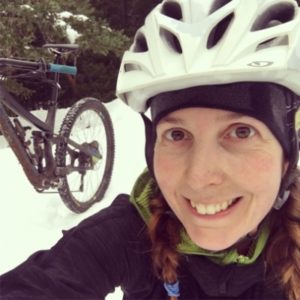
Goal Time: Under two hours for the half-marathon… and to beat Bark!
Message to other new runners: “Don’t be scared to try something uncomfortable. Ease in gently and set goals.”
What she learned about herself at her first Scotiabank Vancouver Half-Marathon & 5k in 2017: “I was surprised by how into the fundraising I got. I got competitive because I saw [my teammates’] totals going up and I didn’t want to be left in the dust!” (Emily started her fundraising with tentative social media posts and ended up enthusiastically knocking on her neighbours’ doors.)
Emily is an avid cyclist, but until last year, she had never run more than 10k. A month before the Scotiabank Vancouver Half-Marathon & 5k, she was inspired by Bark and Theresa Frazao – who was also planning to run her first half-marathon for the Society – and she joined the team. The combination of her love for physical and leadership challenges, the healthy competition with her colleagues and the opportunity to embody the philanthropic spirit of the Society was enough to drive Emily to the finish line with little preparation. At the end of her dramatic debut, Emily beat Bark to the finish line by a minute. Complicating her win, however, shortly after the race, Bark learned he had been running with appendicitis. Now he’s back to full strength and ready for his re-match. Emily, with a year of running behind her, isn’t about to hand the top spot over to Bark – or the latest contender to join the office road race. To show your support for Emily, visit her fundraising page.
Participant Name: Allison Baker (aka, The Mystery Runner)
Goal Time: 1:45 for the half-marathon
Where she runs: Along the beach in Tsawwassen.
Why join the Scotiabank Vancouver Half-Marathon & 5k? “To be a part of a team. Running can be a very lonely sport. I’m excited to do it with a team because I’m extra competitive and I’m usually just competing with myself.”
Message to her teammates: “Bring it on!”
Earlier this year, when the Society team began to take shape at the provincial office, Allison threw her hat in the ring for the half-marathon – without revealing her identity to her teammates. At first, The Mystery Runner in the office sparked intrigue. Now that the secret’s out, so is the truth about Allison’s running resume. She has completed two full marathons and is now training for her third. Allison initially took up running at the age of 14 to impress her hockey coach and later fell in love with the endorphins she found pounding the pavement to her pop favourites. Will the ‘90s nostalgia of the Spice Girls and ‘N Sync propel her to the finish line before her colleagues? That part’s still a mystery. To show your support for Allison, visit her fundraising page.
Participant Name: Theresa Frazao
Goal: “To run a strong 5k in June and use these beautiful spring months to get outside and run again.”
Why she runs: “I love the endorphins and doing what I can to be fit and strong. I also love how meditative it is. It’s really hard to think about your problems when you are running.”
Run tunes: Fast, energetic pop songs to keep up her pace.
Last year Theresa completed her first half-marathon on the Society team. This year, she’ll be returning to the 5k distance and joining thousands of other runners and walkers on the shorter course. To all the less-competitive runners out there, Theresa has this to say: “5k is the perfect distance to participate in an event like this because you can run, you can walk or you can do a combination of the two. And you can recruit some friends to come out for the morning and walk or run with you! The crowds, the entertainment, the cheerleaders and the charity village all add to a great festival environment and you’ll have a blast while doing some good for the Alzheimer Society of B.C.” To show Theresa your support, visit her fundraising page.
 Jaylene Prime, 11, is taking the Scotiabank Charity Challenge alongside her sisters. They are raising money for Cassie and Friends Society, a not-for-profit, which supports children with juvenile arthritis and other rheumatic diseases, and their families.
Jaylene Prime, 11, is taking the Scotiabank Charity Challenge alongside her sisters. They are raising money for Cassie and Friends Society, a not-for-profit, which supports children with juvenile arthritis and other rheumatic diseases, and their families.


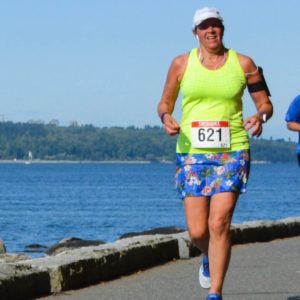
 Pace Time: 2hr 30min
Pace Time: 2hr 30min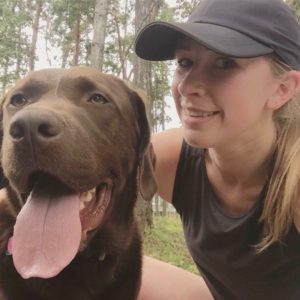
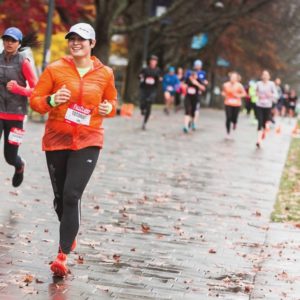 Pace Time: 2hr 15min
Pace Time: 2hr 15min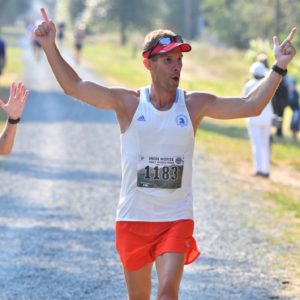
 Pace Time: 2hr
Pace Time: 2hr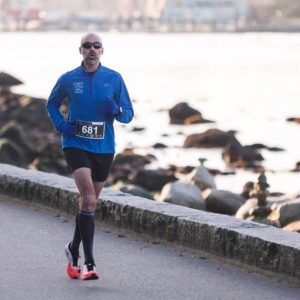
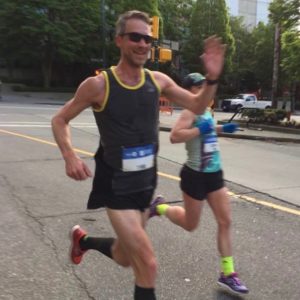 Pace Time: 1hr 45min
Pace Time: 1hr 45min